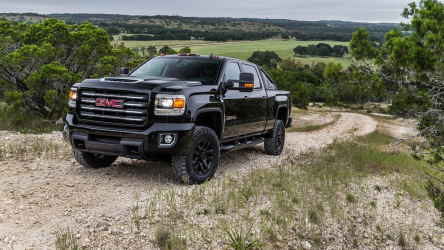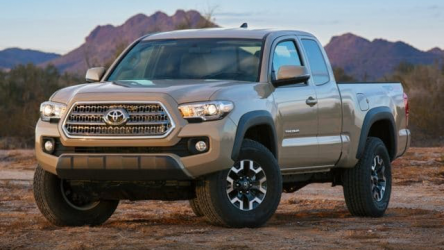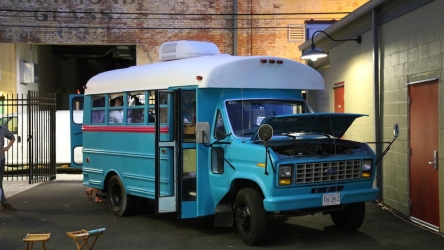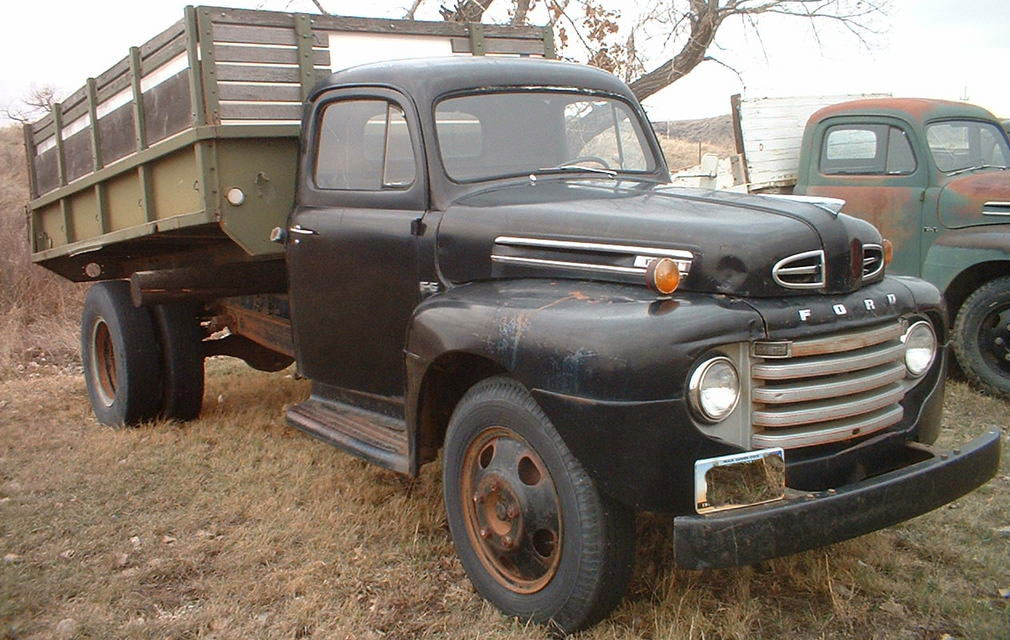
Anything can be built or restored. All it takes is time and money. So, deciding to take on a large restoration such as a heavy duty truck, it’s best to go into it with a game plan so you aren’t overwhelmed and regretting the choice of hobby. Falling in love with a potential show-winner is easy to do and a commonplace affliction. The dust-covered, weathered relic just needs a little spit and polish to be the next concourse restoration, our mind tells us. When reality finally sets in, we discover major hurdles ahead of us that quite possibly would have halted the initial purchase if our heads were screwed on straight.
The Mechanical
The least of the worries with a big truck rebuild is the mechanical side. Specialty new and used parts suppliers like 99 Truck Parts & Industrial Ltd. in BC can be a lifesaver with most things mechanical. A call to a specialty parts supplier can help you locate the running gear parts and pieces you are missing. They can also help determine parts interchangeability.
Using Your Own
When you deconstruct the project, never throw away a part. Chances are good you can resurrect some of these parts—especially electrical components and gauges—with a rebuild. Check your sources. Many suppliers also generally offer rebuild services of many pieces. This can save the headache of making a new or slightly varied piece fit your truck.
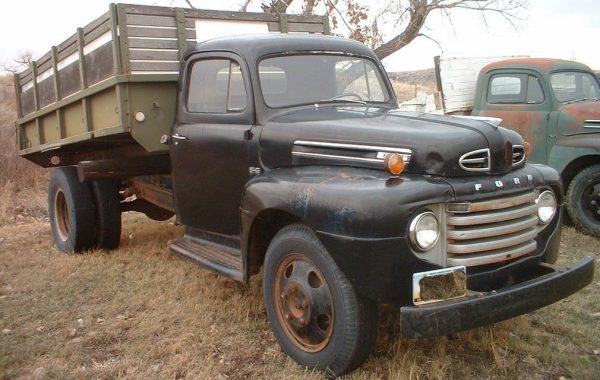
Mother Nature’s Wrath
John Milliman, author of www.stovebolt.com, reminds heavy truck builders about the importance of solid sheet metal. While older generations of heavy duty trucks share common cabs with some light duty versions and are more readily available, the hood and front sheet metal varies due to wheel sizes and engine requirements. The less rust always proves the better when starting a build. If front sheet metal is too far gone, a suitable parts truck may be necessary. Or, bending, shaping and welding up custom panels from flatstock sheet metal may be the only option.
Where’s the Bed?
Because most heavy duty trucks were a cab and chassis package from the manufacturer, restorations may or may not use the same beds as original. If the original bed is still intact and salvageable, it may prove a likely candidate to stay with the truck. However, missing bed pieces are not the end of the world as virtually any style of bed can be adapted to the heavier truck chassis.
Rebuild projects are a constant stream of challenges. Space requirements are increased, cost is increased, and the search for parts is lengthened. But in the end, when that new heavy truck rolls out of the workshop, the satisfaction of overcoming the obstacles makes for a huge pride of accomplishment.




